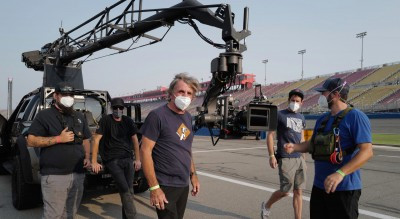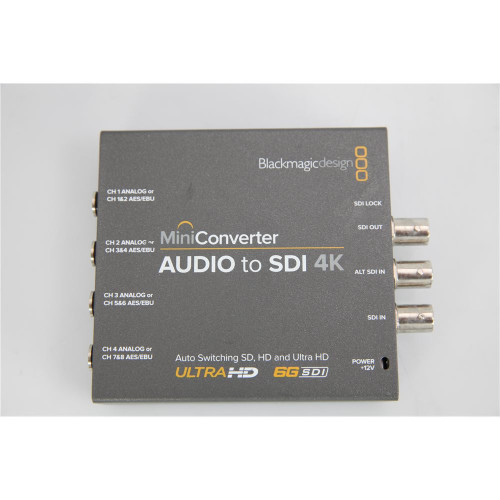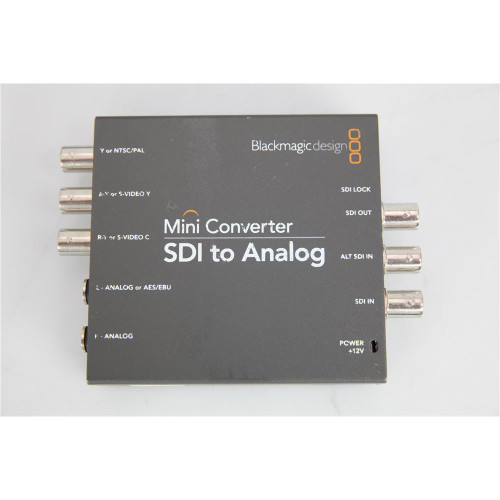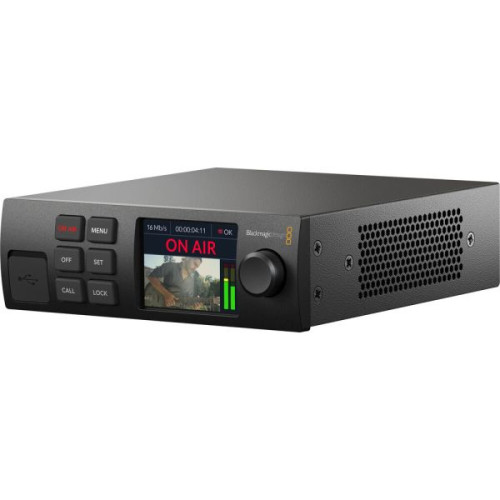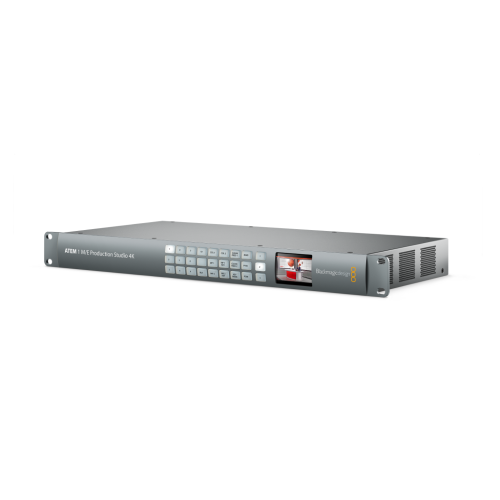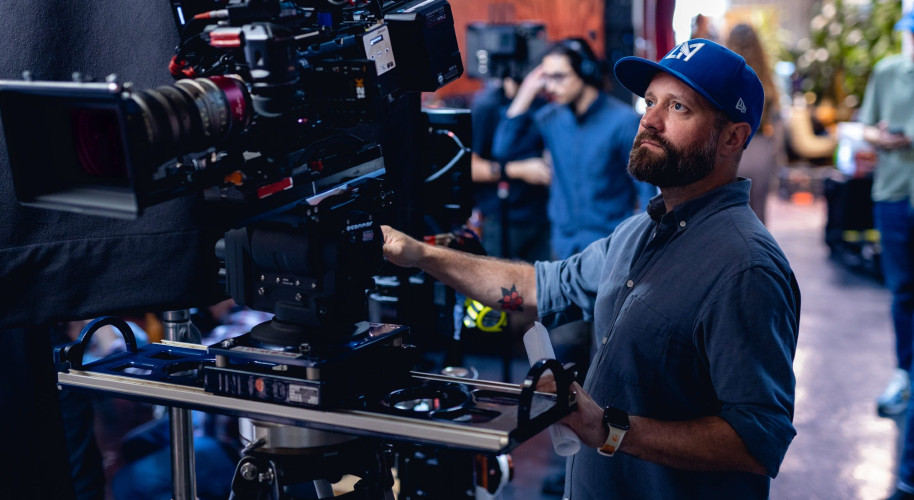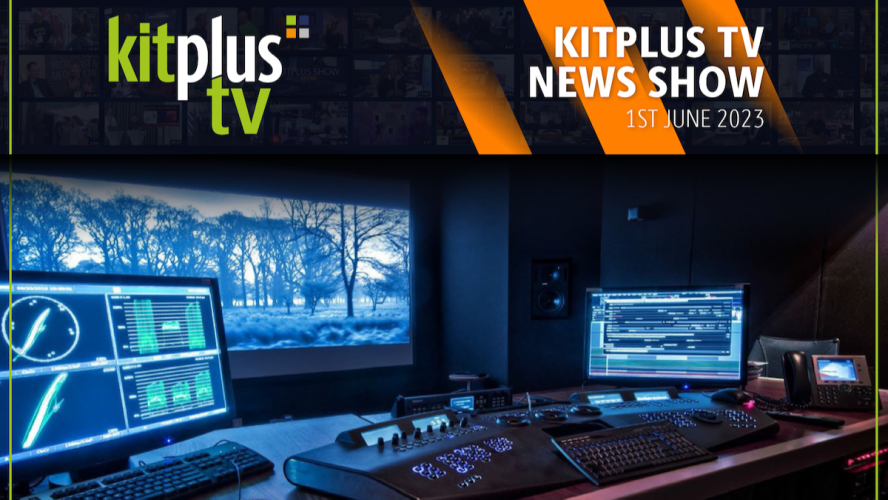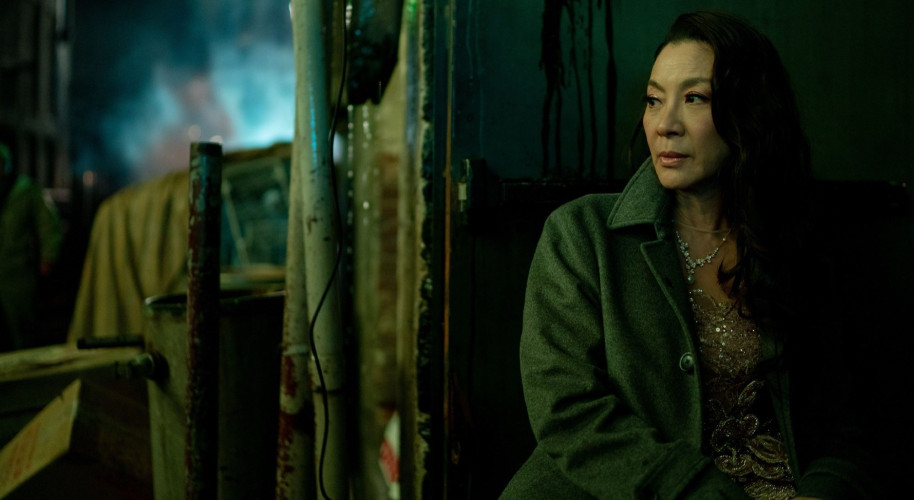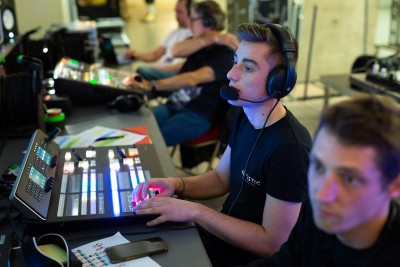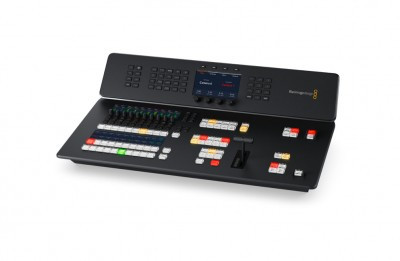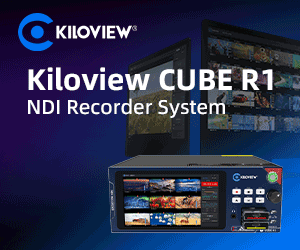Blackmagic Design announced today that the Kia Motors America spot titled “Emmys® Delivery Training,” created as the introduction to the 72nd Emmy Awards broadcast, was shot entirely with Blackmagic Design cameras, and is one of the first projects shot extensively using the new Blackmagic URSA Mini Pro 12K camera.
Cinematographer Vance Burberry is no stranger to complex and challenging projects. His career covers a wide range of commercial, documentary and narrative projects, including an expertise in underwater photography. Burberry has come to trust Blackmagic cameras in each of these settings. But when tasked with shooting the Kia spot, an extended, light hearted story revolving around delivering the classic Emmy statuette (or Emmy statuettes) to winners during the 2020 pandemic, he knew he would be challenged for time, and needed to provide extensive coverage in a number of challenging settings, all within a single day shoot.
“The director for the project, Glenn F Clements, and I made contact on Thursday and we needed to shoot that Monday,” said Burberry. “The spot would then need to turn around for finishing and delivery by the end of the week.”
The Emmy Awards production company Done & Dusted hired producer Lindha Narvaez, under her Milkt Films banner, to guide the project. They knew the spot included standard narrative style coverage, in car camera work, as well as performance driving. Burberry decided to use a full Blackmagic camera kit, giving him a wide array of formats to choose from.
“The schedule was so tight, we ended up using two 12Ks for the dialogue, then I threw one onto an Ultimate Arm rig. The Blackmagic Pocket 6K was used for drive bys, while the Pocket 4K cameras were used for the interior car work,” he continued.
DIT Ben Crump managed data off of CFast 2 cards and used DaVinci Resolve Studio on set to transcode footage for editorial as well as sync dailies, using Resolve’s Auto sync audio tool. Footage was sent multiple times a day to editorial, who were equally pressured to turn the spot around fast.
Burberry found shooting with the three different cameras was seamless, particularly because all of the cameras shared Blackmagic Design’s Generation 5 color science. “What was great was being able to pull Gen 5 color science into all of the cameras, the 4k, 12K and the 6k. Every shot, no matter what it was shot on, matched really easily.”
Due to the tight schedule, Burberry provided one additional backup, using Blackmagic Video Assist monitors, recording on board files, which were easily synced with audio as well, and could be quickly transmitted to editorial. “It was a great backup,” said Burberry, “if we got stuck for any reason, because of the time crunch, in getting the DNxHD transcodes to editorial.”
The final spot, in the end, would be streamed at HD, but the client opted for a 4K master. For production Burberry shot at full resolution on the Pocket Cinema Cameras and 8K on the URSA Mini Pro 12K. He chose Blackmagic RAW constant quality Q0 for the Pocket 6K and Pocket 4K, and Blackmagic RAW constant bitrate 5:1 for the 12Ks. He was pleased that the 12k easily converted to 8K without any crop. “You know, I'm a film guy. I shot film for many, many years, so focal lengths are embedded in my brain. Just knowing that a 40mm prime is exactly what it should be, whether at 12K, 8K or 4K is incredible.”
For his first experience shooting the 12K professionally, Burberry was thrilled at the quality. “Here’s what I love about the URSA Mini Pro 12K camera,” added Burberry, “here's what really blows my mind and what's incredible to me about this camera. Blackmagic has made a 12K sensor that doesn't look like a 12K sensor but has all the information of a 12K sensor without being harsh and hard to watch. It's almost got a film like quality to it, which really blows me away. Before, if you talked to me about ‘K’s’ and large pixel sizes, I used to want to throw rocks at you. But I’m reformed with this camera.”
Once the edit was completed, the project was conformed in DaVinci Resolve Studio. Since timecode was jam synced across all cameras, and was retained throughout post, the conform process was simply relinking clips to their originals, a quick process. Then, colorist Marshall Plante at Olio Creative, applied final color. “We literally colored that whole 75 second spot in a single morning, on Friday,” said Buberry. “We started grading at 9am. We were exporting at 1:15pm.”
Plante found working with the 12K files a pleasant surprise. “The sensor is fantastic, delivering an amazing image. I found I could really push the color and dynamic range, if I needed to, without degradation.” Plante had little trouble matching the 4K, 6K and imagery from the 12K, and also marveled at how fast it was to conform. “It was incredibly easy.”
Any new camera faces the challenges of real production, but Burberry was pleased with the URSA Mini Pro 12K. “It held up great! The sensor is fantastic, with spectacular image quality. Every camera worked flawlessly, and as everybody who watched the Emmys can attest to, we delivered a great project on time.”



